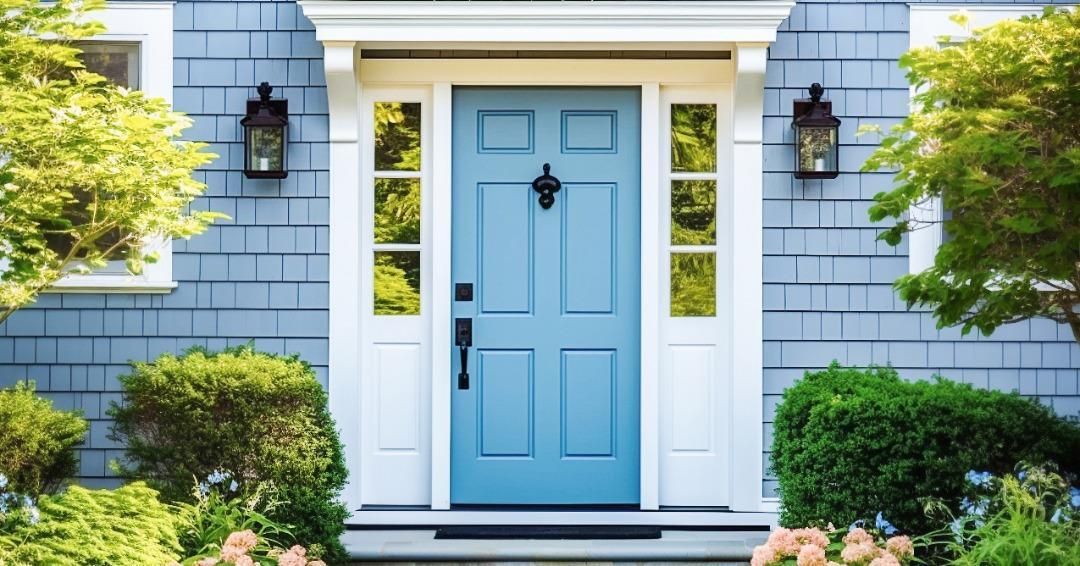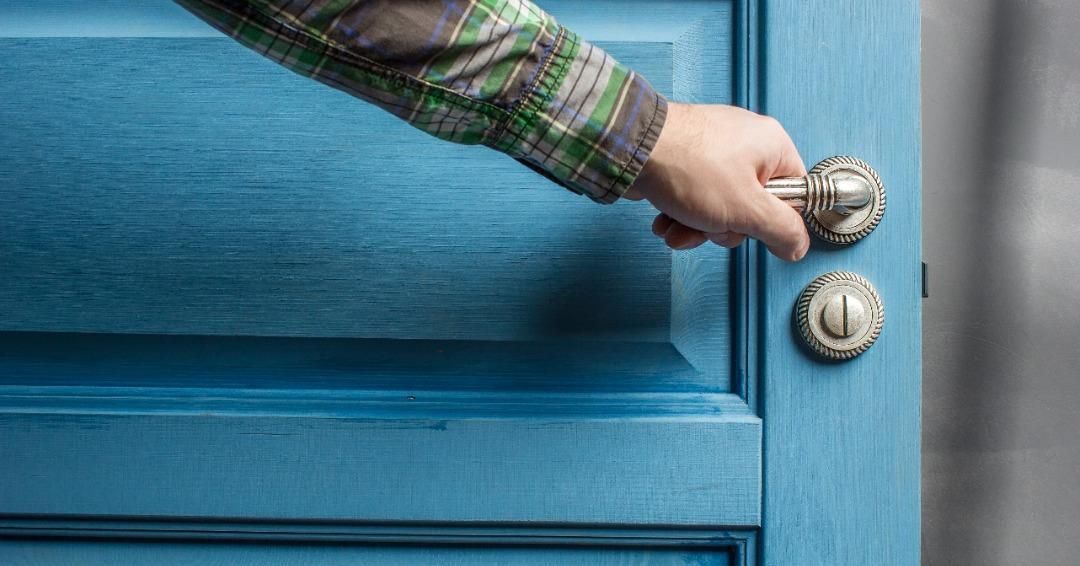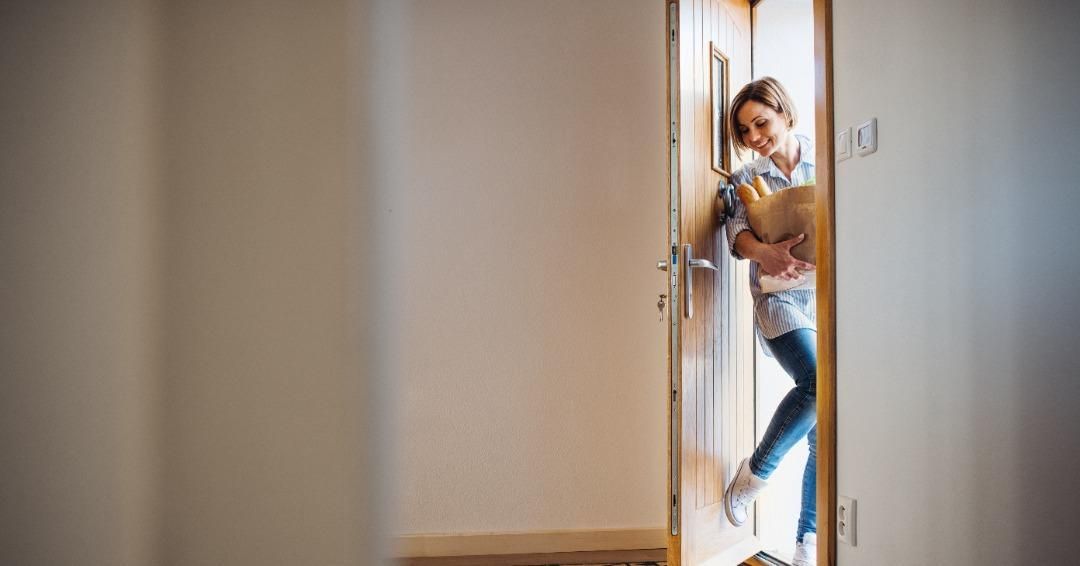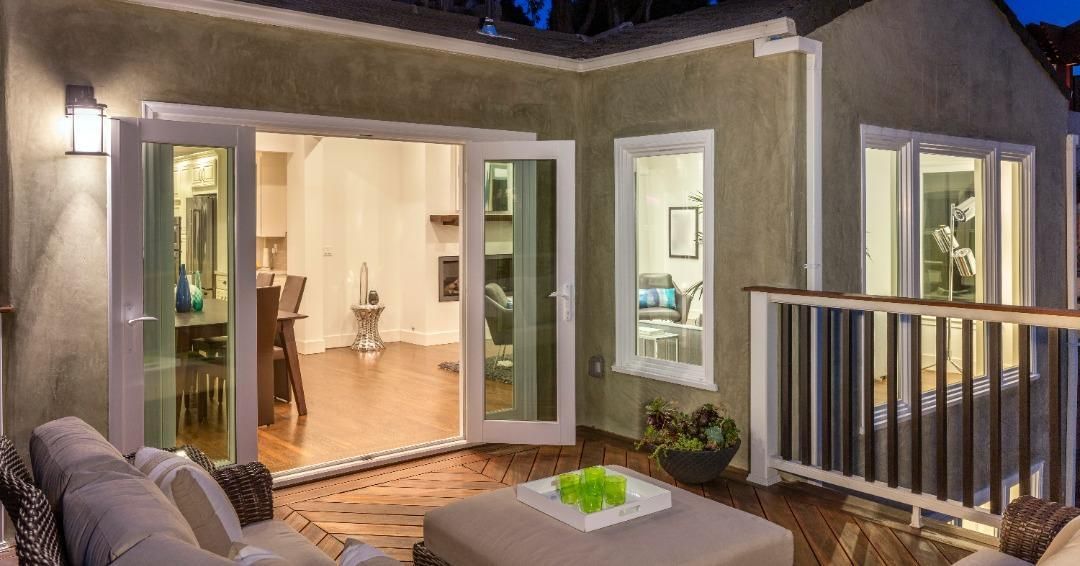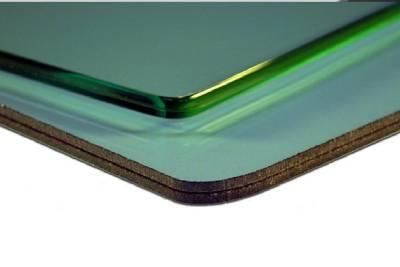What Is An Inswing Door
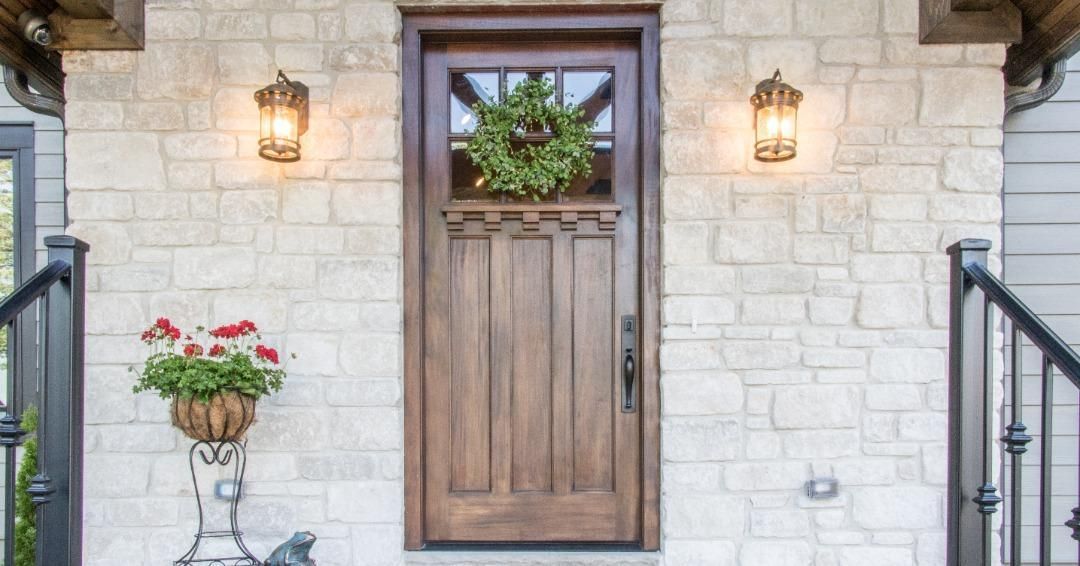
An inswing door is a type of door that opens inward towards the interior of a building or room. Unlike an outswing door, which opens outwardly, an inswing door hinges on the inside of the door frame. This allows the door to swing into the room when opened rather than pushing outwards. Inswing doors are commonly found in residential and commercial buildings, and they offer several advantages that make them a popular choice among homeowners and business owners alike.
Understanding the Basics of Doors
Before delving into the specifics of inswing doors, it is important to understand them in general. Doors are essential to buildings, providing access, privacy, and security. They come in various types, designs, and materials, each serving a specific purpose. Understanding the different types of doors available will help you appreciate the unique features of an inswing door.
Doors have been an integral part of human civilization for centuries. Dating back to ancient times, doors were initially simple wooden structures that provided a barrier between the inside and the outside world. As architecture evolved, so did the design and functionality of doors.
Today, doors have become more than just functional elements. They have also become a statement of style and design. From traditional wooden doors to sleek and modern glass doors, a wide range of options are available to suit any architectural style or personal preference.
Different Types of Doors
There are several types of doors commonly used in buildings today. These include entry doors, interior doors, patio doors, sliding doors, pocket doors, and more. Each type of door has its characteristics and is designed to meet different functional and aesthetic needs.
Entry doors, also known as front doors, are the main doors that provide access from the exterior to the interior of a building. They are often designed to make a strong first impression and enhance the curb appeal of a property.
Interior doors, on the other hand, are used to separate different rooms within a building. They can be solid or hollow, depending on the level of privacy and soundproofing required. These doors come in various styles, such as panel, French, and barn doors, allowing homeowners to express their tastes.
Patio doors are designed to provide a seamless transition between indoor and outdoor spaces. They are typically made of glass to maximize natural light and offer panoramic views of the surroundings.
Sliding doors are a popular choice for areas with limited space. They operate on a track and slide horizontally, saving valuable floor space. These doors are commonly used for closets, pantries, and as room dividers.
Pocket doors are another space-saving option. They slide into a hidden compartment within the wall, completely disappearing from view when open. This type of door is often used in small rooms or areas where a swinging door would be impractical.
Definition of an Inswing Door
An inswing door is an entry door that opens inwardly towards the inside of a building or room. It is hinged on the inside of the door frame, allowing it to swing into the room when opened. This type of door is commonly used in residential homes and commercial buildings where space may be limited.
The inswing feature of these doors offers several advantages. For instance, it allows for a tighter seal, making them more energy-efficient and providing better insulation. Additionally, inswing doors are less likely to be affected by strong winds or external pressure, ensuring enhanced security.
When choosing an inswing door, it is important to consider factors such as the direction of the swing, the material of the door, and the overall design aesthetic. Whether you opt for a classic wooden inswing door or a modern glass one, selecting a door that complements the style and architecture of your home or building is essential.
The Anatomy of an Inswing Door
Understanding the different components of an inswing door can help you appreciate its functionality and operation. An inswing door comprises various parts that provide security, insulation, and ease of use.
Door Frame and Hinges
The door frame is the structure that supports and surrounds the door panel. It provides stability and secures the door to the wall. The hinges are attached to the door frame and allow the door to swing open and closed. In the case of an inswing door, the hinges are placed on the inside of the frame, allowing the door to open into the room.
Door Panel and Handle
The door panel is the main part of the door that moves when the door is opened or closed. It is typically made of wood, steel, or fiberglass, providing insulation and security. The handle, or doorknob, is attached to the panel and is used to open and close the door. It often includes locking mechanisms for security purposes.
Benefits of an Inswing Door
There are several advantages to choosing an inswing door for your home or business. These benefits make inswing doors a popular choice among many property owners.
Space Efficiency
One of the key benefits of an inswing door is its space-saving design. Since the door opens into the room, it doesn’t require additional space on the outside when opened. This can be particularly beneficial for smaller rooms or areas with limited space where an outswing door would obstruct walkways or furniture placement.
Weather Resistance
Inswing doors are also known for their excellent weather resistance. When properly installed, the door panel creates a tight seal with the door frame, preventing drafts and keeping the elements outside. This can help improve energy efficiency and reduce heating and cooling costs by minimizing air leakage.
Drawbacks of an Inswing Door
While inswing doors offer numerous benefits, it is also important to be aware of their potential drawbacks. These drawbacks may influence your decision when choosing the type of door for your property.
Security Concerns
One drawback of an inswing door is that it is more susceptible to being forced open from the outside. Since the hinges are on the interior side of the door, an intruder may have an easier time accessing the hinges and removing them. However, proper security measures, such as reinforced frames and high-quality locks, can mitigate this risk.
Accessibility Issues
Inswing doors may not be the best option for individuals with mobility issues, such as wheelchairs or walkers. The inward swing of the door may limit maneuverability and entrance accessibility. However, building codes often require accommodations for accessibility and alternatives such as ramps or wider doorways can be implemented.
How to Install an Inswing Door
If you decide to install an inswing door, following the proper installation process is essential to ensure its functionality and longevity. Here is a step-by-step guide to installing an inswing door:
Tools Needed
- Tape measure
- Level
- Screwdriver
- Hammer
- Drill
- Screws
Step-by-Step Installation Guide
- Prepare the opening by removing the old door, ensuring the rough opening is square and properly aligned.
- Install the door frame by securing it with screws or nails, ensuring it is level and plumb.
- Attach the hinges to the door frame, ensuring they are properly aligned and securely fastened.
- Hang the door panel on the hinges, ensuring it opens and closes smoothly without rubbing or sticking.
- Install the door handle and other hardware, ensuring they are properly aligned and securely attached.
- Test the door to ensure it opens and closes properly, adjusting the hinges or hardware if necessary.
- Apply weatherstripping and insulation around the door frame to improve energy efficiency and weather resistance.
Following these steps will help you successfully install an inswing door and enjoy its benefits for years to come.
In closing
Whether you are in the market for an inswing, outswing, or sliding door, call us to discuss our door options, pricing, and availability.

